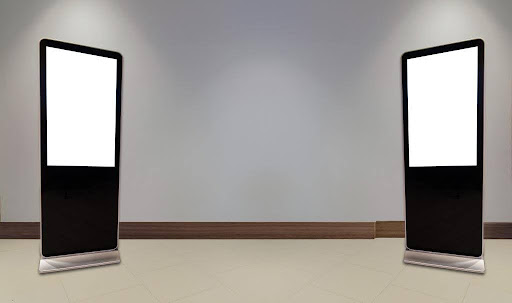The miracle of childbirth is a significant milestone in a woman’s life, and throughout history, humanity has witnessed incredible advancements in medical technology that have revolutionized the birthing process.
From prehistoric times when childbirth was a natural and often dangerous event to the modern era, where a myriad of cutting-edge technologies are available, the journey of giving birth has been transformed significantly.
Table of Contents
Ultrasound Imaging: Early Detection and Peace of Mind
One of the most remarkable technological developments in childbirth is the advent of ultrasound imaging. This non-invasive diagnostic tool utilizes high-frequency sound waves to produce real-time images of the developing fetus in the womb. Hence, this may help reduce the risk of complications leading to a birth injury lawsuit.
Expectant mothers can now witness their baby’s growth and development, helping to establish an early bond and detect potential issues or abnormalities early on. Additionally, ultrasound aids healthcare professionals in monitoring the baby’s health and guiding medical decisions throughout the pregnancy.
Electronic Fetal Monitoring (EFM): Enhanced Safety During Labor
Electronic Fetal Monitoring (EFM) is another groundbreaking technology that has significantly improved childbirth safety. EFM involves tracking the baby’s heart rate and the mother’s uterine contractions during labor and delivery.
Continuous monitoring helps healthcare providers detect distress in the baby, enabling timely interventions to prevent complications and reduce the risk of adverse outcomes. This proactive approach has reduced birth injuries and, consequently, the likelihood of birth injury lawsuits arising from negligence or delayed medical responses.
Epidural Analgesia: Redefining Pain Management
For centuries, women endured excruciating pain during childbirth. However, the introduction of epidural analgesia has revolutionized pain management during labor. This technique involves the administration of an anesthetic agent into the epidural space, numbing the lower part of the body and providing pain relief while allowing the mother to remain fully conscious and participate in the birthing process.
Epidurals have empowered mothers to have more positive childbirth experiences and reduced labor anxiety, potentially reducing stress-related complications that could lead to birth injury lawsuits.
Minimally Invasive Surgical Techniques: Safer Interventions
In cases where a traditional vaginal birth is impossible, advancements in minimally invasive surgical techniques, such as cesarean sections, have transformed the delivery process. These procedures involve smaller incisions, reducing recovery times and minimizing risks for both mother and baby.
Additionally, the use of laparoscopy and robotic-assisted surgeries in gynecology has allowed for precise and less invasive interventions during complicated pregnancies, promoting better outcomes and potentially lowering the incidence of birth injuries that might prompt legal actions.
Neonatal Intensive Care Units (NICUs): Specialized Care for Vulnerable Newborns
Establishing specialized Neonatal Intensive Care Units (NICUs) has been a game-changer for premature babies or those born with medical complications. These units have state-of-the-art medical technology, including ventilators, incubators, and monitors, to provide specialized care for newborns in critical conditions.
As a result, survival rates for premature infants and babies with complex health issues have significantly improved over the years, potentially reducing birth injuries and legal claims resulting from substandard neonatal care.
On A Final Note
Technological advances in childbirth have undoubtedly transformed the birthing experience, making it safer, more comfortable, and empowering for mothers.
These advancements have significantly improved maternal and infant outcomes, from the early detection of potential issues through ultrasound imaging and electronic fetal monitoring to the revolutionary pain relief provided by epidural analgesia.
Moreover, the establishment of specialized NICUs, the use of minimally invasive surgical techniques, and the integration of telemedicine have revolutionized the care provided to newborns and expectant mothers alike, contributing to a decline in birth injury lawsuits and a brighter future for childbirth.
As technology continues to evolve, we can only expect further innovations that will continue to enhance the miracle of childbirth for generations to come.





